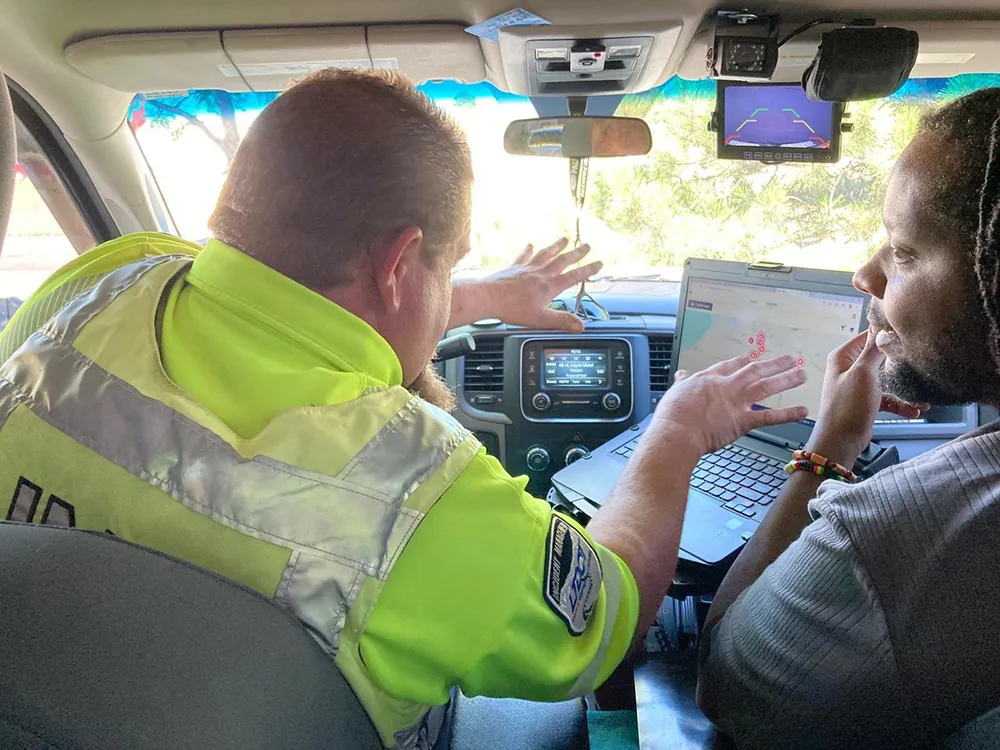
The government of Lithuania has used
“It’s a multimodal journey planner for the whole country,” explains Terry C. Bills, Global Transportation Industry Manager at Esri. “So it’s a question of stitching together city systems with inter-city ones and pulling them together in a seamless way.”
Geographic information system (GIS) platform provider Esri brings location and other data from various sources into a single user-facing site, incorporating such elements as weather (including potential hazards such as ice or snow), the availability of parking spaces or the location of long-term construction works alongside more obvious features such as real-time traffic speeds or camera feeds.
The California-based firm says its solutions are helping governments and local authorities to extol the virtues of public transport. As individual private car ownership creates issues such as congestion and pollution, public transit systems are keen to make – and publicise - other options available.
“Countries want to promote public transport usage,” says Ian Koeppel, Business Development Manager Transportation for Europe. “This information is critical to improving public transport utilisation.” The company’s platform has also recently been used in a similar website covering Helsinki’s transit system, combining information on road, rail and maritime modes.









